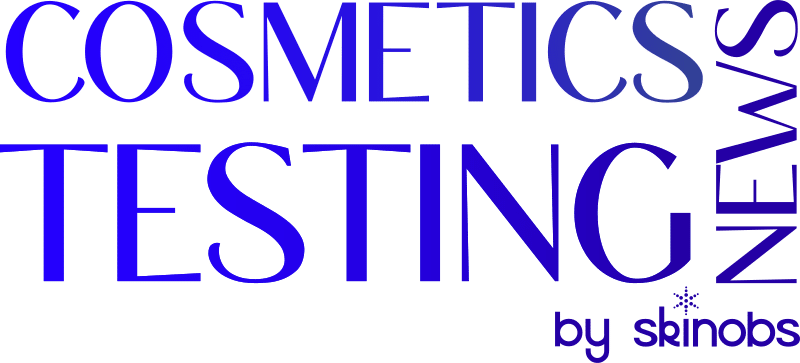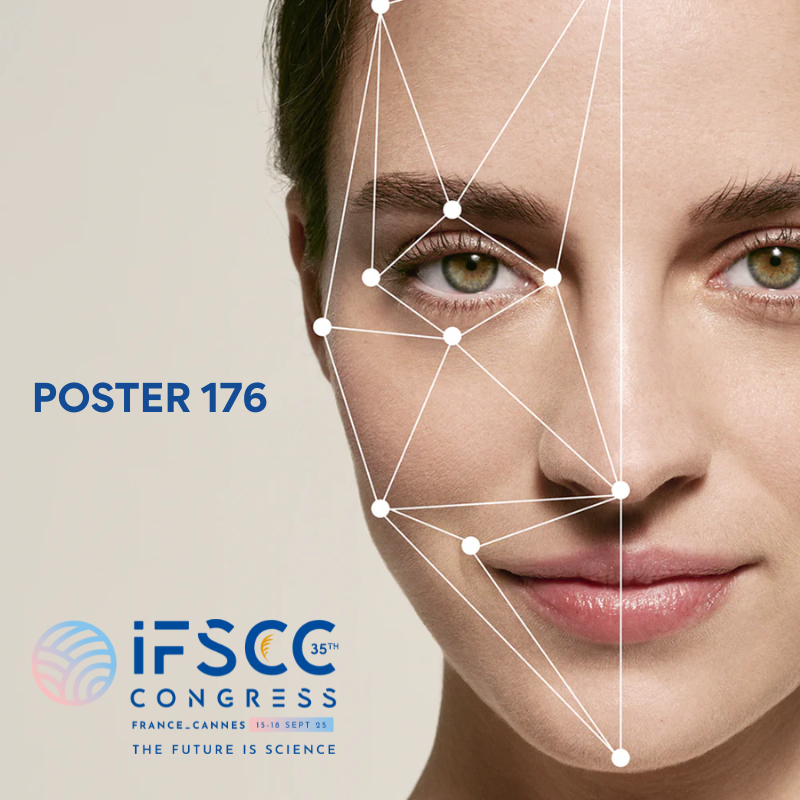The 32nd edition of the Skin Science Days, organized by Cosmet’in Lyon, in February, presented scientific lectures on the dynamic interactions shaping skin physiology. This symposium gathered leading experts to explore cutaneous biology, neurocutaneous interactions, microbiome research, and technological innovations driving dermocosmetics advancements. The opening lecture by Dr. Graça Raposo (Institut Curie) delves into the role of extracellular vesicles, including exosomes and ectosomes, in cutaneous immunity and pigmentation regulation, highlighting their potential as novel bioactive agents in skin intercellular communication.
Skin and nature: environmental and botanical interactions
This session critically examines the environmental footprint of sunscreens (Pr. Philippe Lebaron, LBBM) and draws parallels between plant epidermal defense mechanisms and human skin adaptation (Pr. Gilles Comte, CNRS). Innovations in plantderived exosomes for skin and hair care applications (S. Alves, Vytrus Biotech) and the therapeutic potential of cyanobacteria from thermal waters (J. Demay, Muséum National d’Histoire Naturelle) underscore bioinspired strategies in cosmetic science.
Skin and brain: neurocutaneous interactions and sensory research
The bidirectional communication between the nervous system and the skin is explored through co-culture models integrating sensory neurons and epidermal cells (Dr. N. Lebonvallet, CHU
de Brest). Cutting-edge artificial intelligence (AI) and machine learning approaches (C. Rolland, newBrain) are introduced to decode emotional responses in skin-brain interactions, complementing research on cellular crosstalk in holistic wellbeing (A. Cico, Sederma).
Microorganisms and skin
Advancements in shotgun metagenomics reveal microbiota’s role in scalp disorders (L. Cattuzzato, Lucas Meyer Cosmetics), while novel quorum sensing inhibitors are investigated for controlling bacterial virulence on skin (S. Leoty-Okombi, BASF). The session further examines skin as an integrated functional ecosystem (I. Metton, Phylogene) and explores AI-driven microbiome modeling for personalized skincare solutions (E. Jungman, HelloBiome).
Skin and skin: cellular and structural insights
The intimate relationship between dermis and hypodermis is studied through 2D and 3D imaging technologies (J.-M. Lagarde, Imactiv-3D; M. Keophiphath, DIVA Expertise). Advances in spatial transcriptomics (Dr. Y. Ghavi-Helm, IGFL) offer a novel perspective on gene expression mapping in skin tissues, while research on senescence and stromal cell migration (S. Ben Hammamia Ouni, LVMH Recherche) highlights strategies for cellular rejuvenation using natural bioactives.
Young researchers session: next-generation innovations
Emerging research includes SARS-CoV-2 skin transmission pathways (M. Barthe, PKDERM), lab-grown 3D skin for ingredient testing (A. Vialle, CTIBiotech), and aging-associated microRNA in fibroblast-derived exosomes (Y. Sato, Kosé Corporation). Additional studies explore HPV-host interactions in 3D skin models (M. Laganà, Université Paris-Saclay) and micropump technologies for biomedical applications (A. Geffrelot, Université Paris-Saclay).
This high-caliber scientific event fosters interdisciplinary collaboration, integrating biotechnology, dermatological research, and AI-driven innovations to redefine cosmetic and dermopharmaceutical sciences. By fostering collaborations between academic institutions, industrial R&D, and clinical research, the Skin Science Days Symposium propels cuttingedge dermatological discoveries into practical applications, shaping the future of cosmetics and skin health sciences.
See you in 2027!
How to explore the aging-related microRNA in dermal fibroblasts-derived exosomes
Yuri SATO I Kosé Corporation
The study identifies EFEMP2 as a senescence-inhibitory gene and demonstrates that its knockdown in fibroblasts increases extracellular miR-570-3p levels. Functional analysis reveals that miR-570-3p induces senescence by enhancing proliferation, upregulating SA-a-gal, and suppressing SIRT1 in fibroblasts and keratinocytes, suggesting it as a potential target for senescence modulation.
What can spatial transcriptomics do for you?
Dr Yad GHAVI-HELM I ENS Lyon
Spatial transcriptomics integrates gene expression profiling with spatial localization, merging RNA sequencing and histology. The Spatial-ScERA method employs massively parallel reporter assays, single-cell RNA sequencing, and spatial reconstruction via optimal transport, enabling cell-type-specific enhancer mapping in a 3D virtual tissue model.





